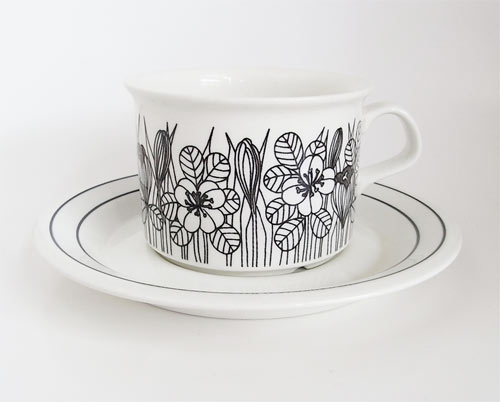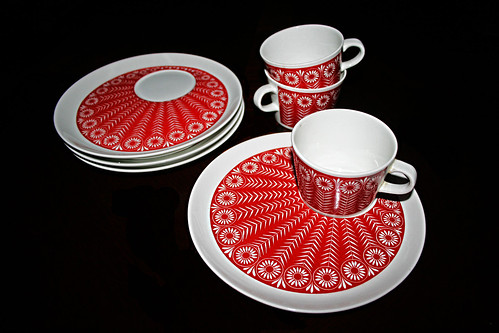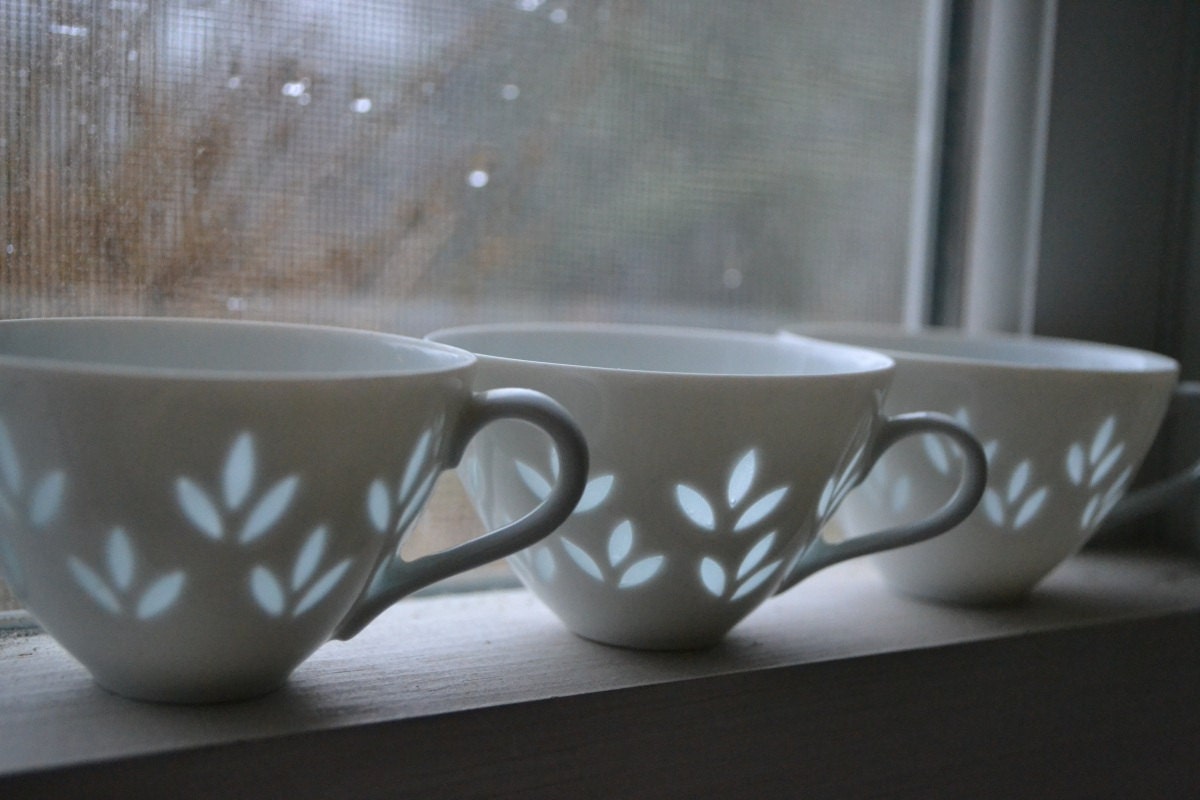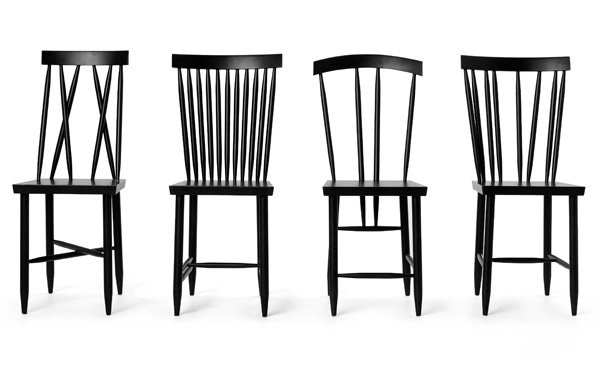MY DESIGN IDOL
I don't think I have yet found a certain person/company I could fully consider my design idol, but I look up to Scandinavian design a lot.
Scandinavian design started around 1950 in Denmark, Norway, Sweden and Finland. The design style can be characterized by simplicity, minimalism and functionality. The Scandinavian design understood very well the idea that beautiful and functional everyday objects should be affordable to everybody. It was realized thanks to particular form of social democracy in the 1950's and also the increased availability of new low-cost materials and methods for mass production. The products of this movement often use form-pressed wood, plastics, anodized or enameled aluminium or pressed steel.
The Lunning Prize was awarded to outstanding Scandinavian designers from 1951 to 1970, and it had an important role in both making Scandinavian design recognized and also defining the profile of the whole movement. The concept of Scandinavian design has been a subject for many debates for last 50 years, but the democratic design ideals have survived and appear continuously in the Scandinavian, and also worldwide design. From 2006, tradition of pan-Nordic design award has been resumed with the Forum AID Award.
Some of the companies whose design I enjoy:
Arabia from Finland - Arabia is a ceramics company, founded in 1873. Their products range around kitchen- and tableware. Currently owned by Fiskars.
Esteri Tomula Krokus for Arabia
Raija Uosikkinen, Kaj Franck TV-set for Arabia
Friedl Holzer Kjellberg for Arabia
Iittala from Finland - Iittala started as a glass company in 1881. They're specializing in design objects, tableware and cookware. Over time, Iittala has expanded from glass to other materials like ceramics and metal, while keeping with their key philosophy of progressive elegant and timeless design.The company continuously aims for creating modern classics.
Oiva Toikka Kastehelmi for Iittala
Klaus Haapaniemi Taika for Iittala
Tapio Wirkkala Chanterelle for Iittala
Bang & Olufsen from Denmark - Bang & Olufsen is a company which started in 1925 with a radio that worked with alternating current. The company was started by 2 friends, Peter Bang and Svend Olufsen, in the attic of Olufsen's parents' manor house. Bang concentrated on technology, Olufsen dealt with business interests. The company designs and manufactures audio products, television sets and telephones. To this day, psychoacoustics is an important factor in their design. B&O often hires designers, not employs them in the company. From 1980's and onwards, the main designer for B&O has been David Lewis. From 1990's, B&O started to open retail shops to sell straight to customers, and production of audio separates was stopped, to suit the need for mini audio systems. Currently, the company is focusing on high quality audio and video products, as well as sound systems for automotive industry.
Beolit 39 radio, Bang & Olufsen 1939
Beoplay A9 wireless speaker by Øivind Slaatto, Bang & Olufsen 2012
Beolab 14 HiFi audio kit by Torsten Valeur, Bang & Olufsen 2013
Design House Stockholm from Sweden - Design House Stockholm was founded in 1992 by Anders Färdig. He used his previous design management knowledge to create a network of independent designers, which is still currently the platform of DHS. The DHS product collection was launched in 1997 with Block lamp. Rather than selecting designers to design a specific product, the Design House Stockholm lets designers present their personal ideas, of which some are selected for production. Brand philosophy: Don’t make something unless it is both necessary and useful; but if it is both necessary and useful, don’t hesitate to make it beautiful.
Harri Koskinen Block lamp Design House Stockholm 1996
Lina Nordqvist Family Chairs Design House Stockholm 2009
Jonas Hakaniemi Box Light Design House Stockholm 2008
Lina Nordqvist Family Chairs Design House Stockholm 2009
Jonas Hakaniemi Box Light Design House Stockholm 2008
Variér Furniture AS from Norway - Variér Furniture AS is a furniture company concentrated on designing and producing seats and chairs which are modern and healthy to sit on. The company was formerly part of Stokke, another Norwegian company established in 1932 with focus on strollers, cribs and high chairs for kids. Since 2006, Variér is a separate company, and has been building a strong brand based on long tradition of furniture building. The company's philosophy is called "A Human Idea", which started with the design of "The Original Kneeling Chair" or the Variable balans by Peter Opsvik in 1979. Today, Variér offers a range of task, dining, relax and lounge chairs over the world.
Peter Opsvik Variable balans Variér Furniture 1979
Olav Eldøy Peel Variér Furniture
Per Øie MOVE Variér Furniture 1984















